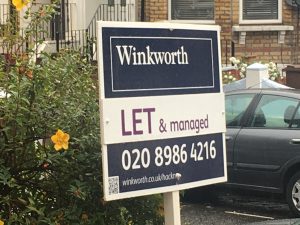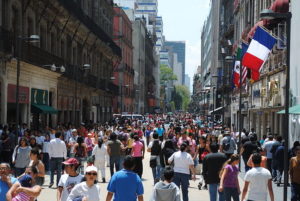At The Conversation, criminologists Becky Clarke, Patrick Williams and Robert Ralphs write:
It seems strange to us that little mention has been made in the current youth violence debate about the obvious failure of the ending gangs and youth violence (EGYV) policy. A number of academics, including us, have questioned the validity of government-led responses to gun and knife violence, which over the last decade have focused on policing gangs.
They cite “the ongoing conflation of gangs and youth violence” as a particular shortcoming, pointing to research undertaken in Manchester and to Metropolitan Police data and scrutiny sessions at City Hall which show that the connection between apparent gang membership and the committing of violent crime is tenuous. It was, indeed, explained in a session about gangs in the final months of Boris Johnson’s time as Mayor that “gang crime is a small percentage of serious youth violence”. A slide from the presentation is shown below:

Connected to this has been the use of “targeted” or “intelligence-led” stop-and-search as part of an anti-gang strategy. However, Clarke, Williams and Ralphs say that a ten-year analysis by the College of Policing of the use of the tactic in London “demonstrates that there’s precious little evidence of a meaningful effect of this on reducing crime”. The analysis itself, which covers the period 2004-2014, found “only limited evidence of stop and search having acted as a deterrent at borough level”.
A third important piece of knowledge the trio of authors say is in danger of being overlooked is what they call the “significant link between carrying a weapon and distrusting the police”, which has been found to hold across England and Wales. They link to a 2018 paper by Iain R. Brennan whose abstract says that “lack of trust in the police” is among the factors explaining why people carry weapons that are more important than worries about their personal safety.
Are the Met and the current Mayor taking such research findings on board as they seek to address violence by and against young people in London? The Mayor has endorsed an increase in “weapons-focussed” stop-and-search of “almost 20 per cent”, despite saying when seeking election that he would like to reduce its use. In early November, Met commissioner Cressida Dick reportedly pledged to target 190 gangs which she considered to be fuelling the capital’s violent crime wave. Yet in August, the BBC had reported Met figures saying that while violent crime had increased considerably since 2010, “gang-related” violence had fallen sharply during the same period.
The Met said at the time that this reduction had been achieved by “identifying high-harm gang members and targeting them through intelligence-led enforcement” using its gangs matrix database. Yet three months later, shortly after Dick’s pledge to focus on gangs, the Information Commissioner’s Office gave the Met six months to get its use of the matrix into line with data protection laws, saying it was unclear, confusing, lacked “effective central governance”, created the potential for disproportionate action to be taken against people who no longer posed a risk and had “the potential to cause damage and distress to the disproportionate number of young, black men” whose details were included on it.
Those are only a few headlines and there is far more to the Mayor’s and the Met’s approach to addressing serious violent crime by and against the young and in general. But let us hope that the fears of Clarke, Williams and Ralphs are not being borne out.









